Nobody needs to manage a monetary emergency. Be that as it may, in case you run into surprising costs and need more money in your secret stash to cover them, aemergency loan can help you get back on your feet financially. Emergency loans are a safe and reasonable method to obtain the money that is needed for car repairs, hospital expenses, or significant life-altering situations. Some loan stages offer the Best emergency loans for bad credit for business day funding¹ so you can get your money faster. Also, you will not be guaranteed to require a heavenly credit score to suit a loan account. In this helper, you will track down comprehensive data on how to get secured emergency loans, where to track down critical bad credit loans, and what to look for when you want cash now.
What is aemergency loan?
Also called a hardship loan, aemergency loan is any momentary individual loan used for monetary crises or other surprising costs, including weddings, funeral services, excursions, or medical expenses. Emergency loans usually have quick grants and can get you the money you want in just 2 days. They are often unstable, and that means they are not protected by insurance, like your house, car, or homes. Thus, they can be more expensive and accompanied by slightly higher loan rates.

How do emergency loans work?
Individual emergency loans are similar to different types of loans, but with a faster course of events. It’s not like a conventional bank loan, you can usually apply for aemergency loan on the web, get approved in minutes, and accept your money in a few days. Depending on the loan provider, you can try to adjust the account for same-day emergency loans. For example, when you are endorsed for aemergency loan through Upstart, you can accept your money within 1 business day.
After receiving your money, you will start making installments in cash, or the added value acquired. You will pay interest on the loan, which can range from single digits to 35% or more, depending on factors such as your credit history, credit score, and the loan amount. Finally, your installments will likely include extra fees, for example, handling or start-up expenses. The full expense of the cost and charges of the loan is known as the annual fee or APR.



















